Your Guide to Future-Proof Infrastructure
Learn how to accelerate infrastructure delivery, enforce standards, and scale with confidence
.avif)
Blog
video
Video
Now Available: Ready-to-Use Policies – Guardrails You Can Activate Instantly
env zero introduces ready-to-use infrastructure policies: prebuilt guardrails for secure, compliant, and cost-efficient environments. Instead of writing policies from scratch, you can instantly enforce standards like blocking public S3 buckets, limiting costly EC2 instances, and tightening IAM permissions—all directly within env zero.

Blog
video
env zero brings governance into the delivery process. With approval flows, policies, and cost controls in every deploy, teams can move quickly and stay in control.
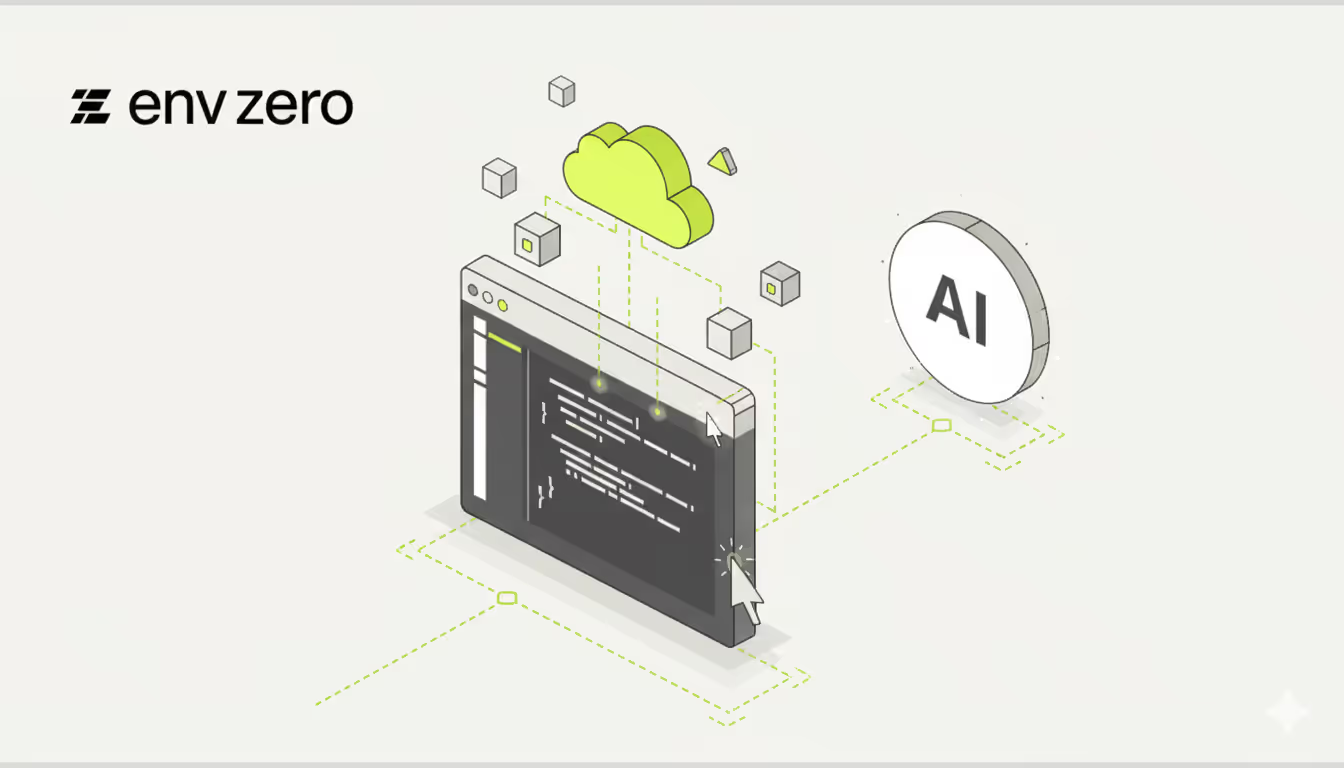
Blog
video
Introducing the env zero MCP Server: Infrastructure in Your IDE, AI-Ready
With the env zero MCP Server, you can now inspect, debug, and codify infrastructure directly from your IDE while staying within guardrails.
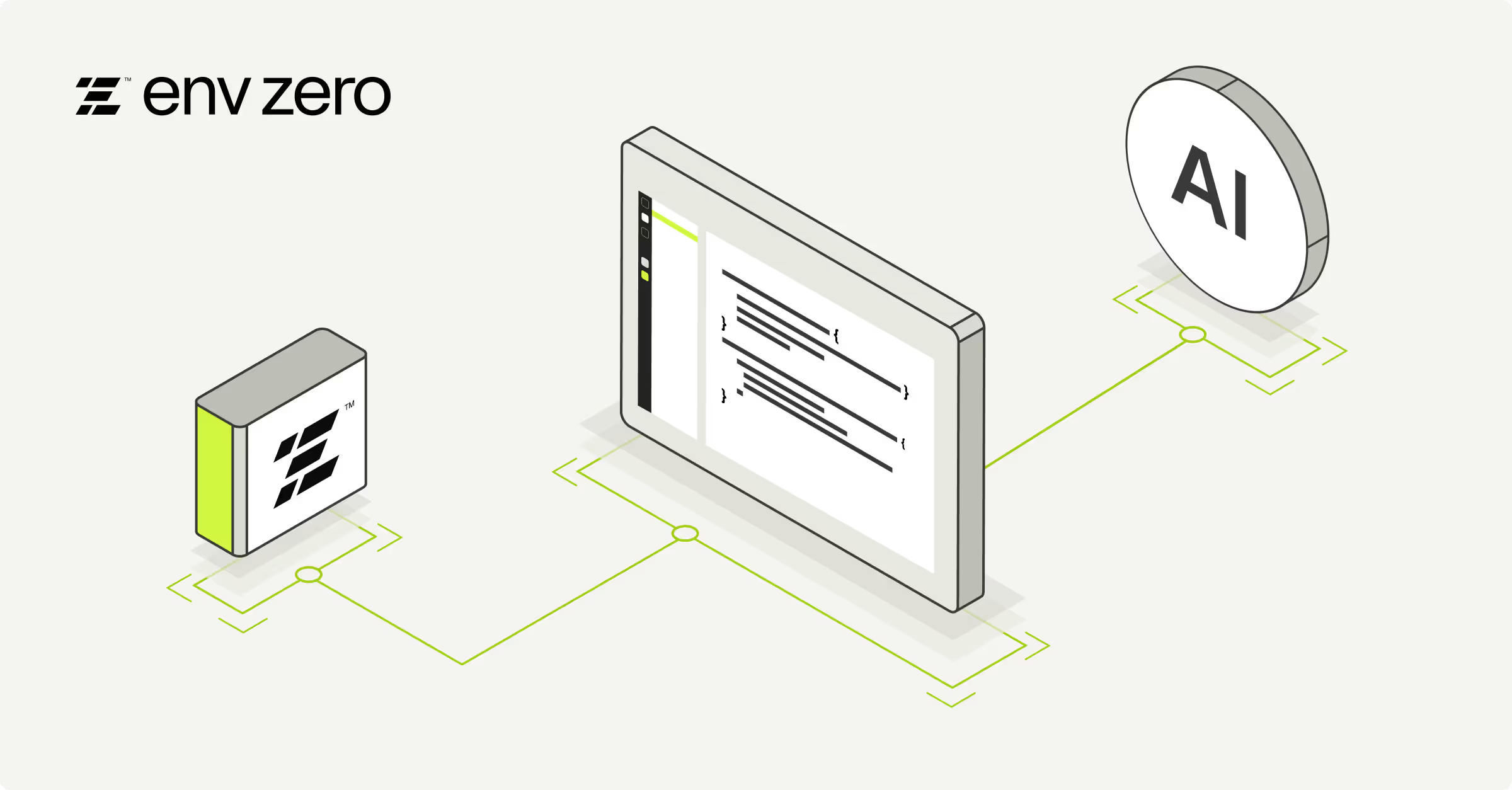
Blog
video
Expanding AI in env0: PR and Error Summaries
env0 adds AI-powered summaries for PRs and errors, making it faster to review changes and troubleshoot failures in IaC workflows.
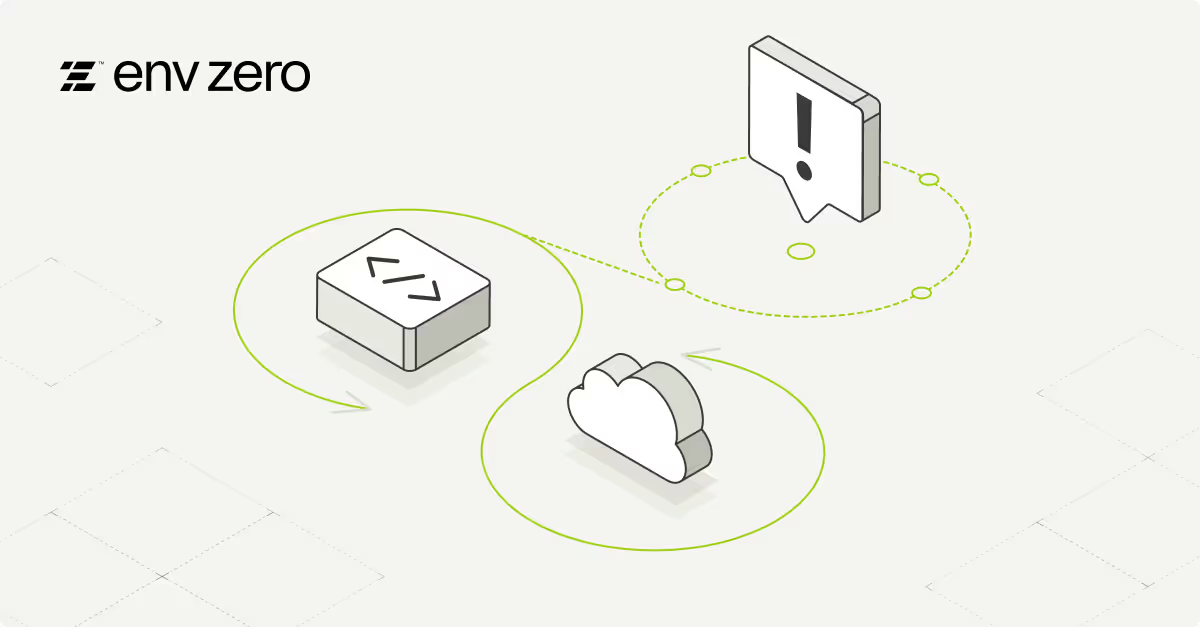
Blog
video
Expanding Drift Remediation: Keep Your Code Aligned with Cloud Changes
env0 now enables updating your code to reflect changes made directly in your infrastructure.
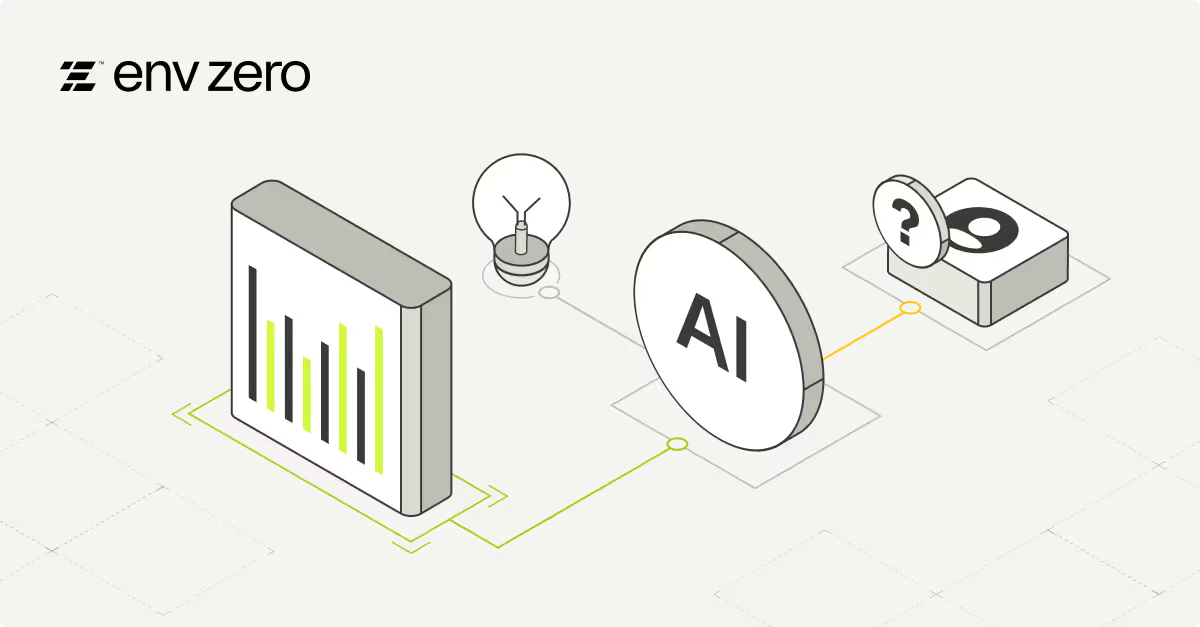
Blog
video
Introducing env0 Cloud Analyst – AI-Powered Infrastructure Intelligence
Cloud Analyst is a new AI-powered tool from env0 that gives teams instant access to infrastructure insights. Ask questions, analyze trends, and build dashboards—no manual reporting needed.

Blog
video
How Policy-as-Code Enhances Infrastructure Governance with Open Policy Agent (OPA)
Learn how Policy-as-Code with OPA enhances governance, security, and compliance in IaC. This webinar features insights from env0 and Styra, with real-world examples and OPA 1.0 updates.
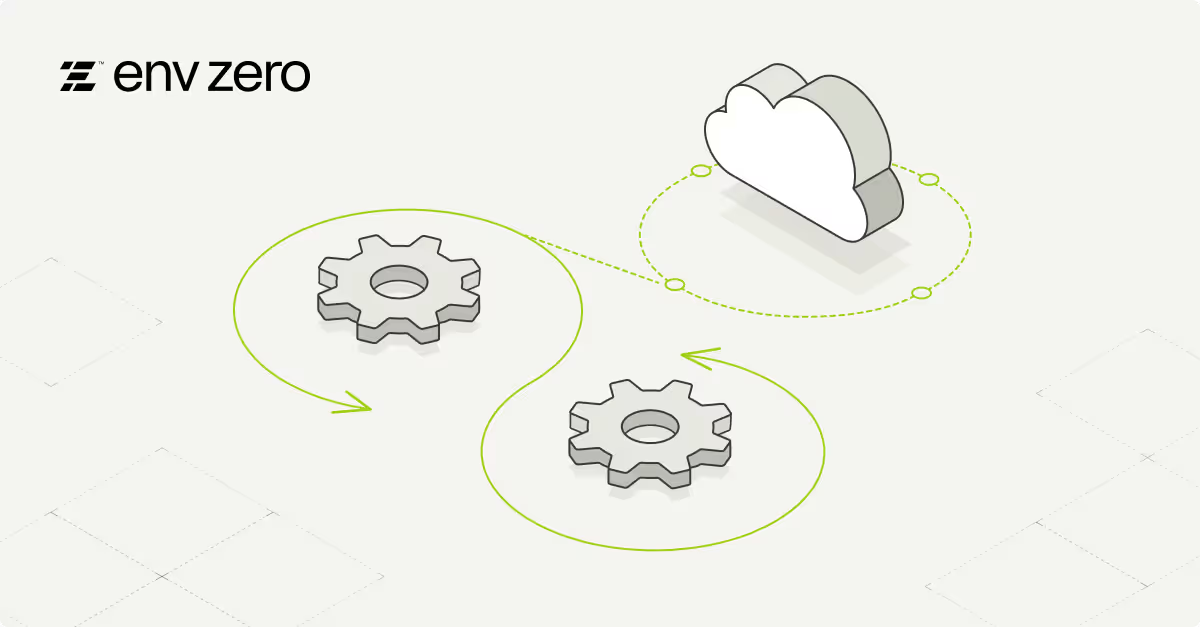
Blog
video
What Is Cloud Orchestration and Which Tools to Use
Learn what cloud orchestration is, why it matters, and which tools can help you manage cloud infrastructure more efficiently.
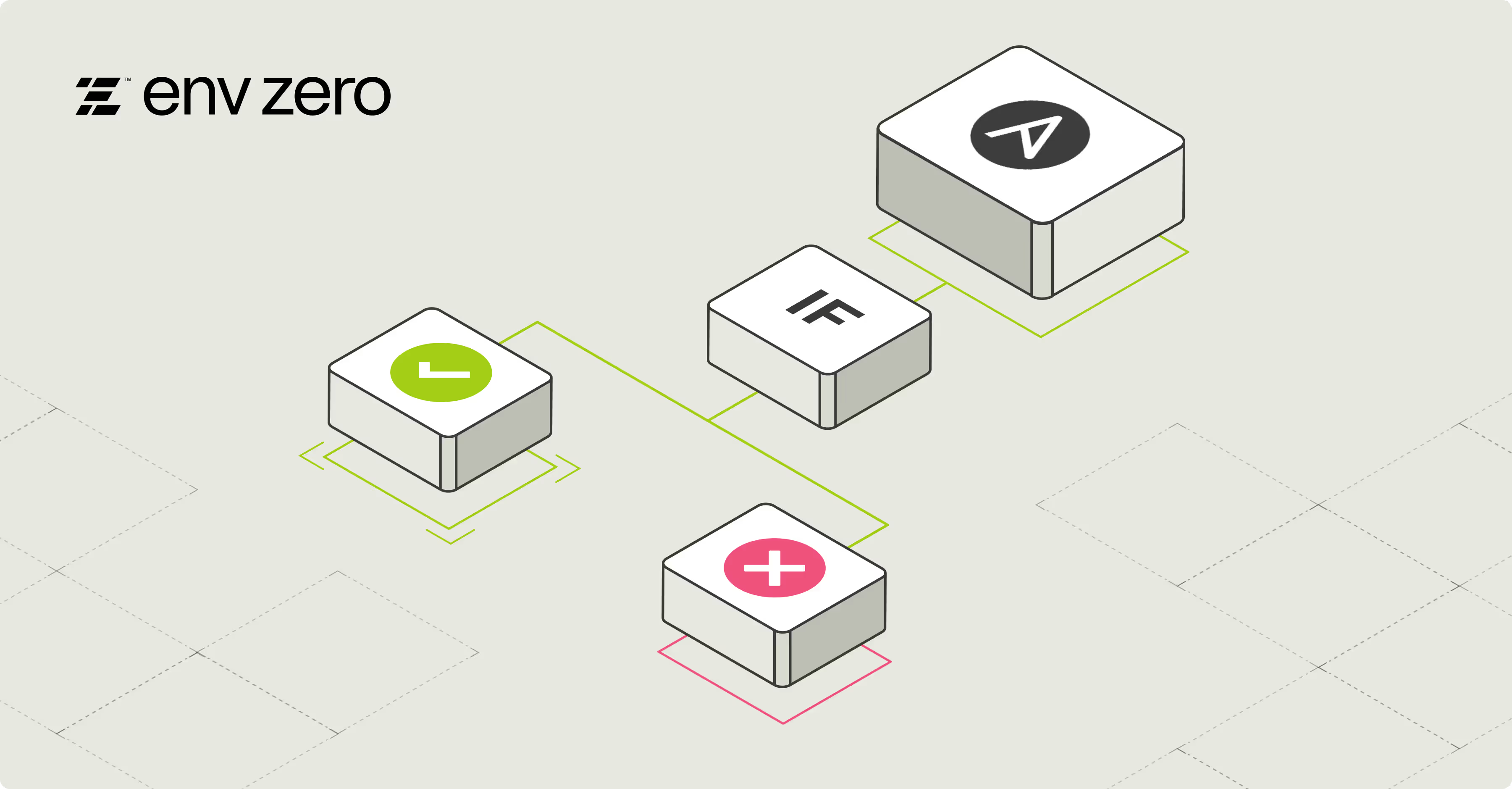
Blog
video
The Ultimate Guide to Ansible Conditionals for Smarter Automation
Ansible conditionals make automation more flexible by controlling when tasks run based on specific criteria. This guide explains how to use "when" statements, combine multiple conditions, work with Ansible facts, and apply registered variables to create adaptable and efficient playbooks.
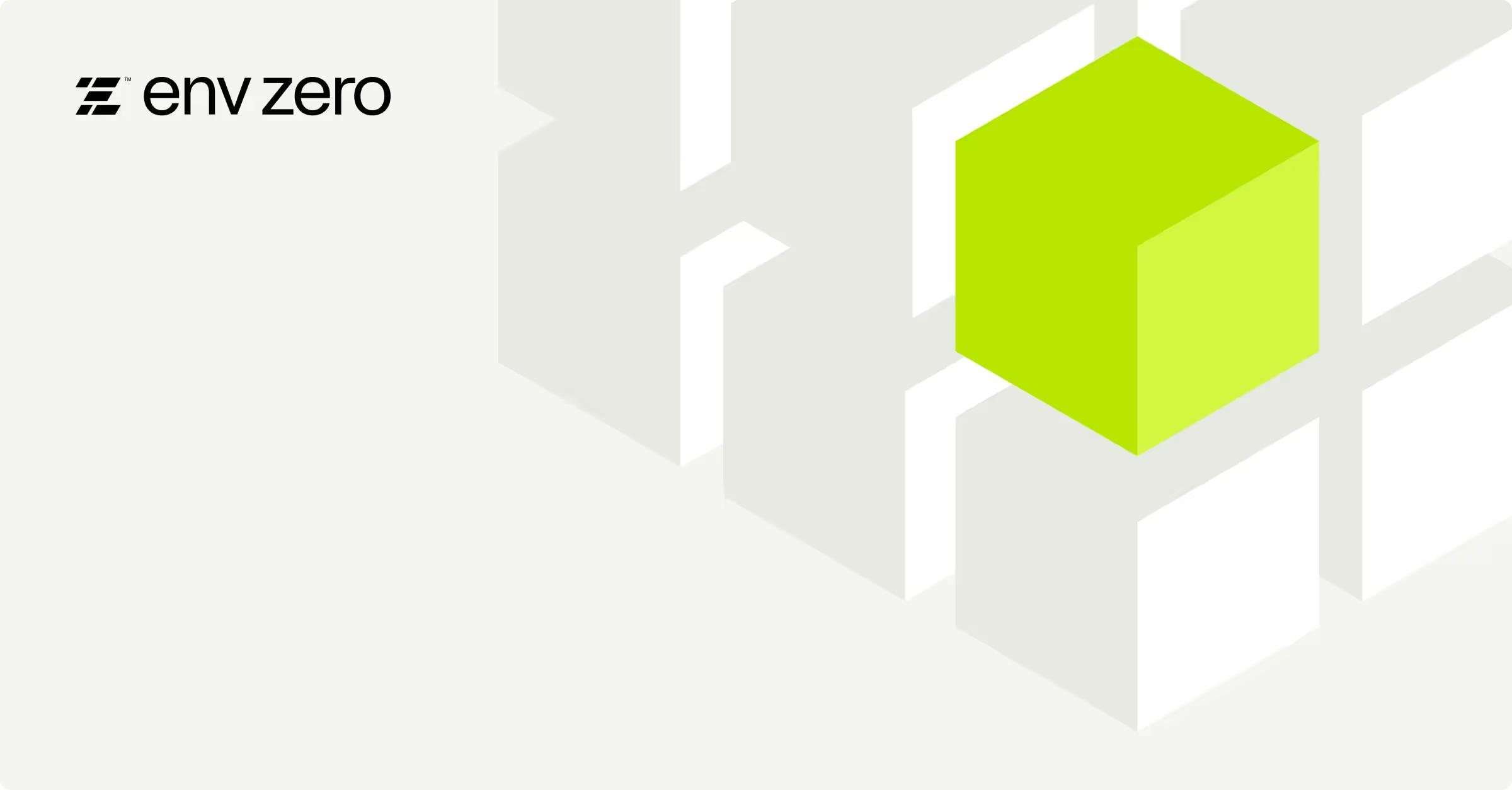
Blog
video
Meet Us in London for KubeCon Europe 2025 (and OpenTofu Day)!
Join env0 at KubeCon Europe 2025 in London, April 2-4! Visit Booth S710 to explore IaC best practices, meet our team, and grab exclusive swag. Don’t miss OpenTofu Day on April 1st, which features expert talks and insights. Pre-schedule a meeting now!
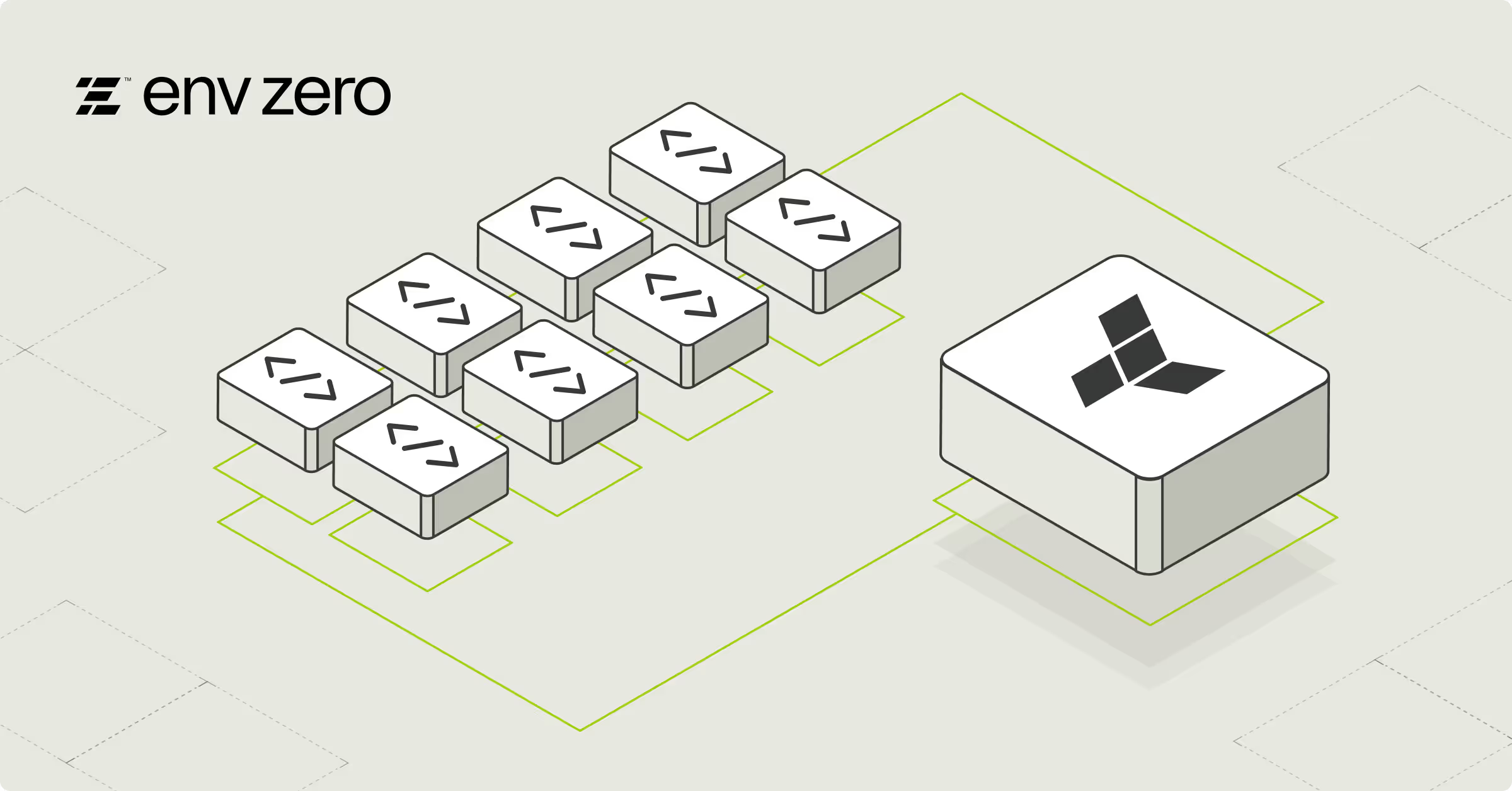
Blog
video
A guide to the Terraform state file
Learn the essentials of Terraform state file management with this in-depth guide. Uncover best practices, learn how to handle state file locking and troubleshooting, and keep your infrastructure secure and efficient.

Blog
video
Three Ways to Manage Cloud Provisioning Risks with env0
Learn how to reduce risks in cloud provisioning with env0. Prevent drift and maintain security and compliance with comprehensive governance tools.

Blog
video
New: Detect Drift Within Minutes—Even Before Full Onboarding
Today, we’re excited to introduce a new capability that delivers instant value, allowing you to detect and analyze drift within minutes, even before fully onboarding to env0.

Blog
video
Protect Secrets and Passwords with Ansible Vault: A Practical Guide with Examples
Ansible Vault is an encryption tool that protects secrets while supporting DevOps workflows. Master it with this step-by-step guide, featuring use cases, best practices, and practical examples.
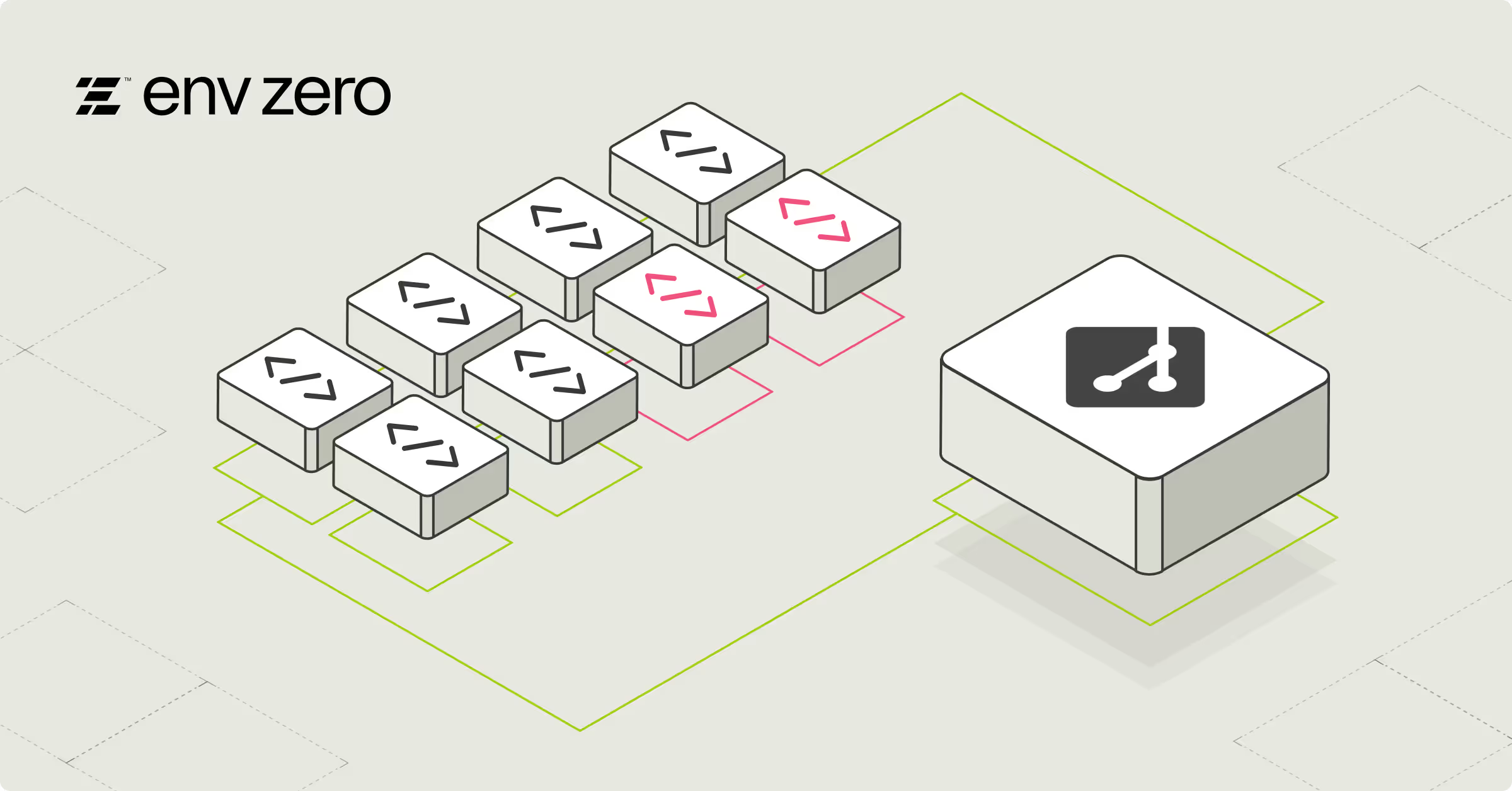
Blog
video
.gitignore Command Guide: Practical Examples and Terraform Tips
Learn how to use .gitignore to exclude large binaries, sensitive files, and build artifacts in Git and Terraform projects.

Blog
video
2024 Product Release Highlights
2024 has been a transformative year, filled with impactful product announcements and new features. Here’s a quick look at some of 2024’s key product releases!
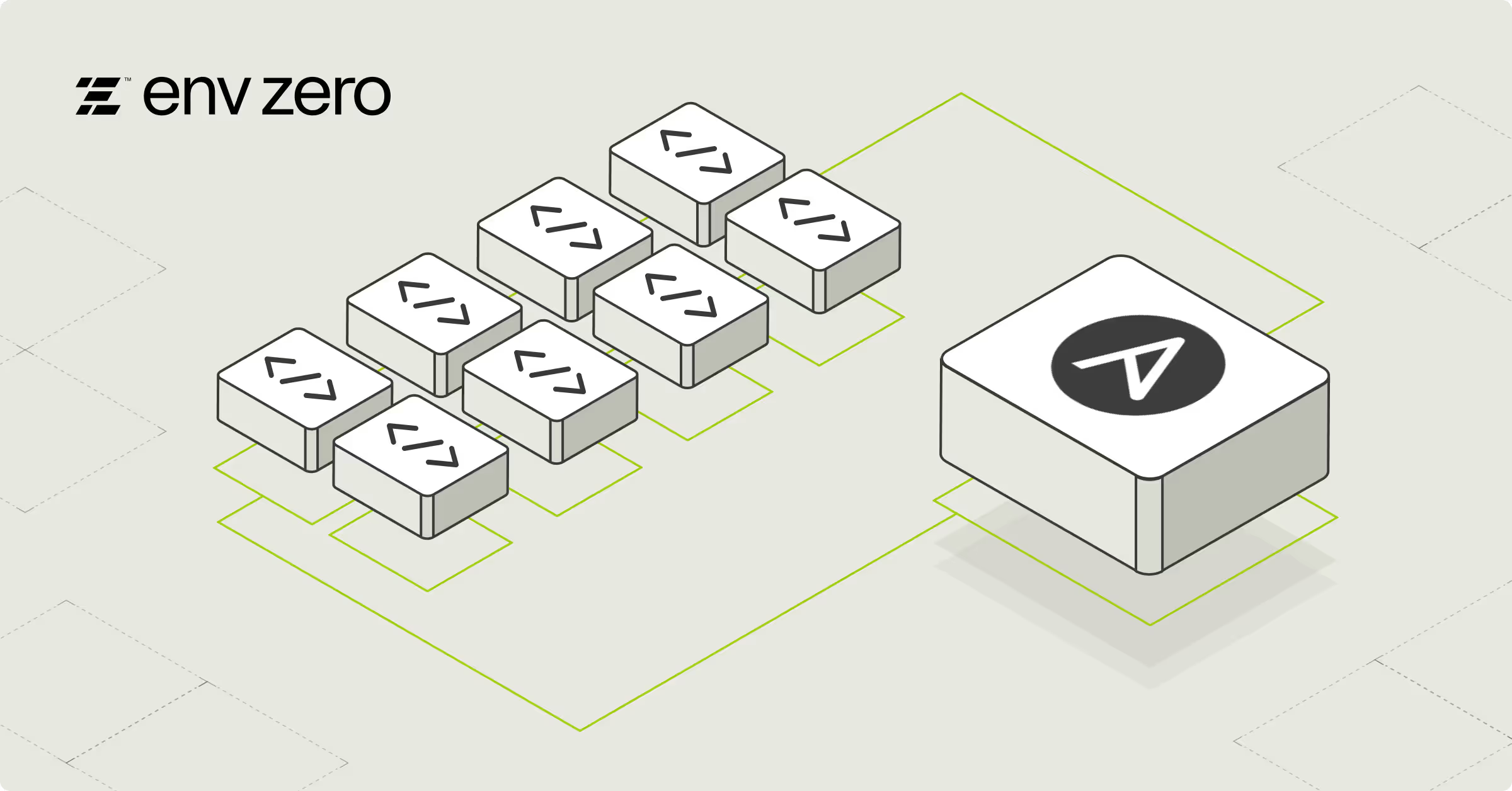
Blog
video
Mastering Ansible Variables: Practical Guide with Examples
Learn how to use Ansible variables to streamline automation with step-by-step guides and practical examples for adaptable configurations.

Blog
video
New Backstage Plugin: Improved Productivity and IaC Governance
Introducing self-service cloud provisioning with Backstage and env0! Boost productivity with Backstage and maintain governance with env0.

Blog
video
⚡ Lightning Talk: A Tale of Three Configs, On Best Practices with OpenTofu Structuring
Deep dive into three key approaches for managing OpenTofu configurations: separate configs, workspaces, and backend-config.
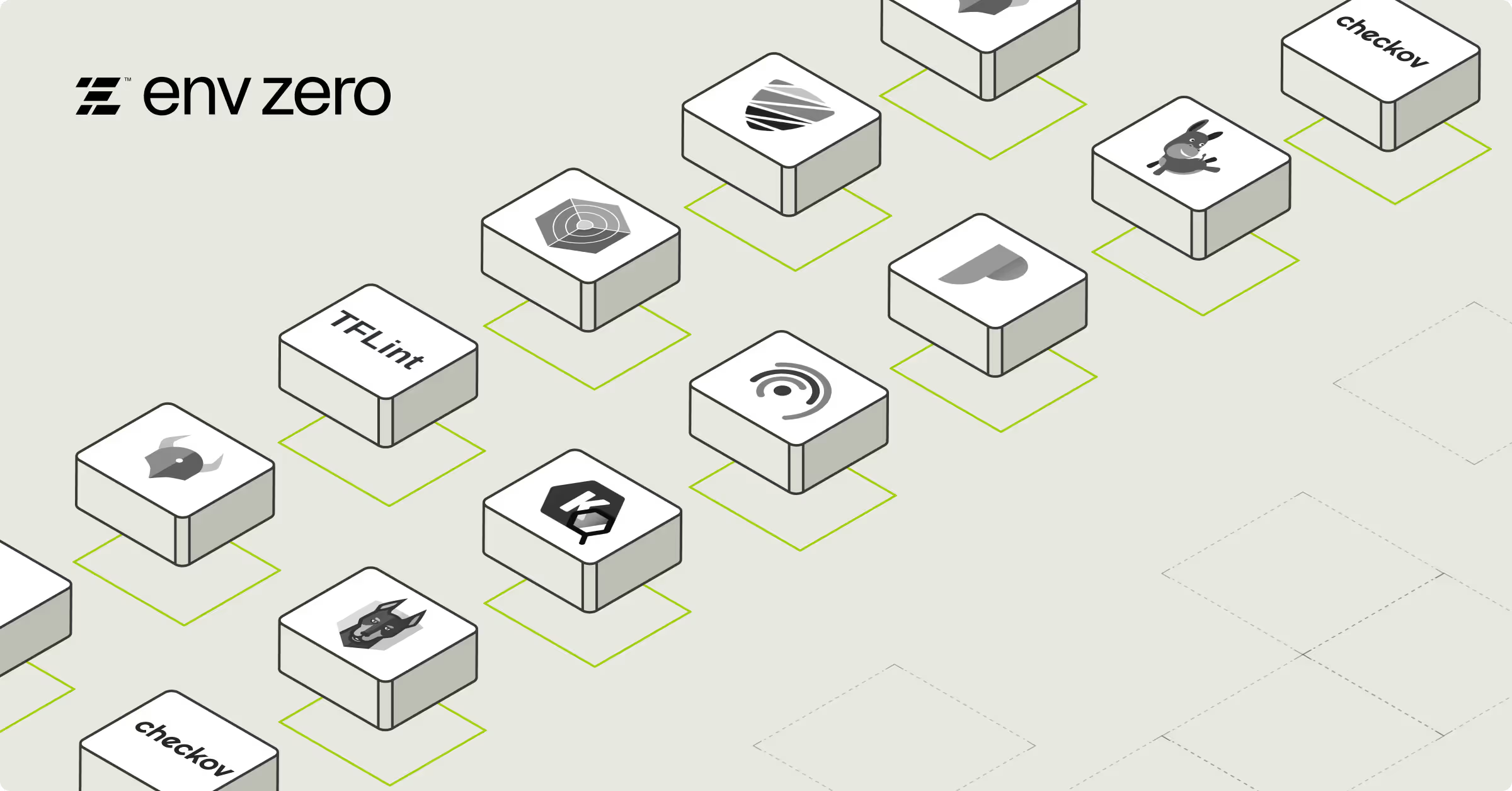
Blog
video
Top Infrastructure as Code Security Tools in 2025
Discover the best proactive and reactive security tools to prevent IaC misconfigurations and code vulnerabilities.
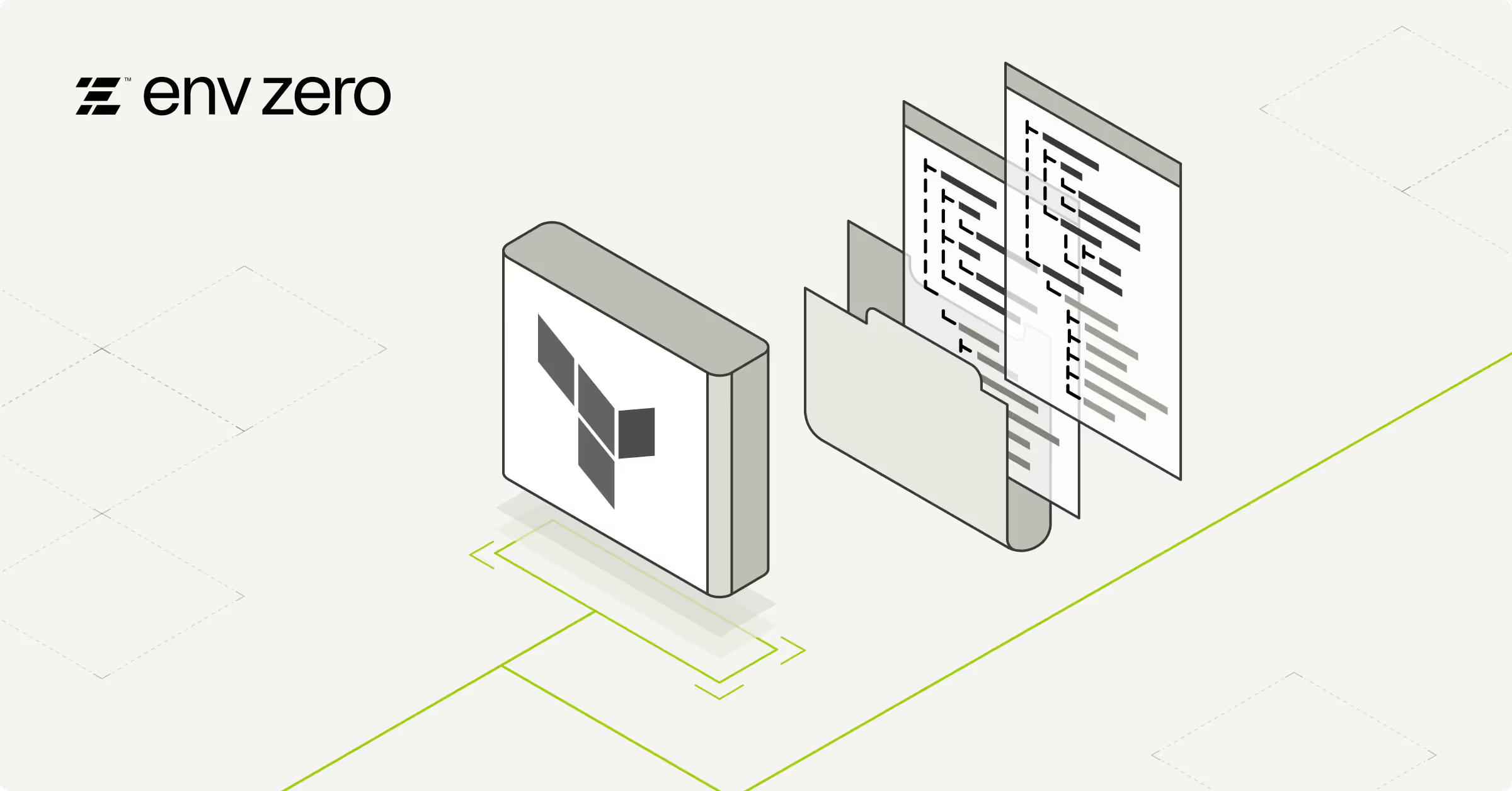
Blog
video
Terraform Split and Join Functions: Examples and Best Practices
Learn how HCL 'split' and 'join' functions can be used for efficient string manipulation, with advanced examples.

Blog
video
DORA Metrics: An Infrastructure as Code Perspective
DORA metrics is a stream management framework for evaluating developer productivity and software delivery performance. This post examines how IaC impacts DORA metrics, highlighting the potential to enhance both throughput and stability with the right tools and practices.

Blog
video
Drift Cause: Closing the Loop on Infrastructure Drift Management
Tackling a major challenge in cloud management, our new feature revolutionizes drift analysis, providing valuable context about drifts, tracking them to their source, and revealing the who, when, and how behind each change.
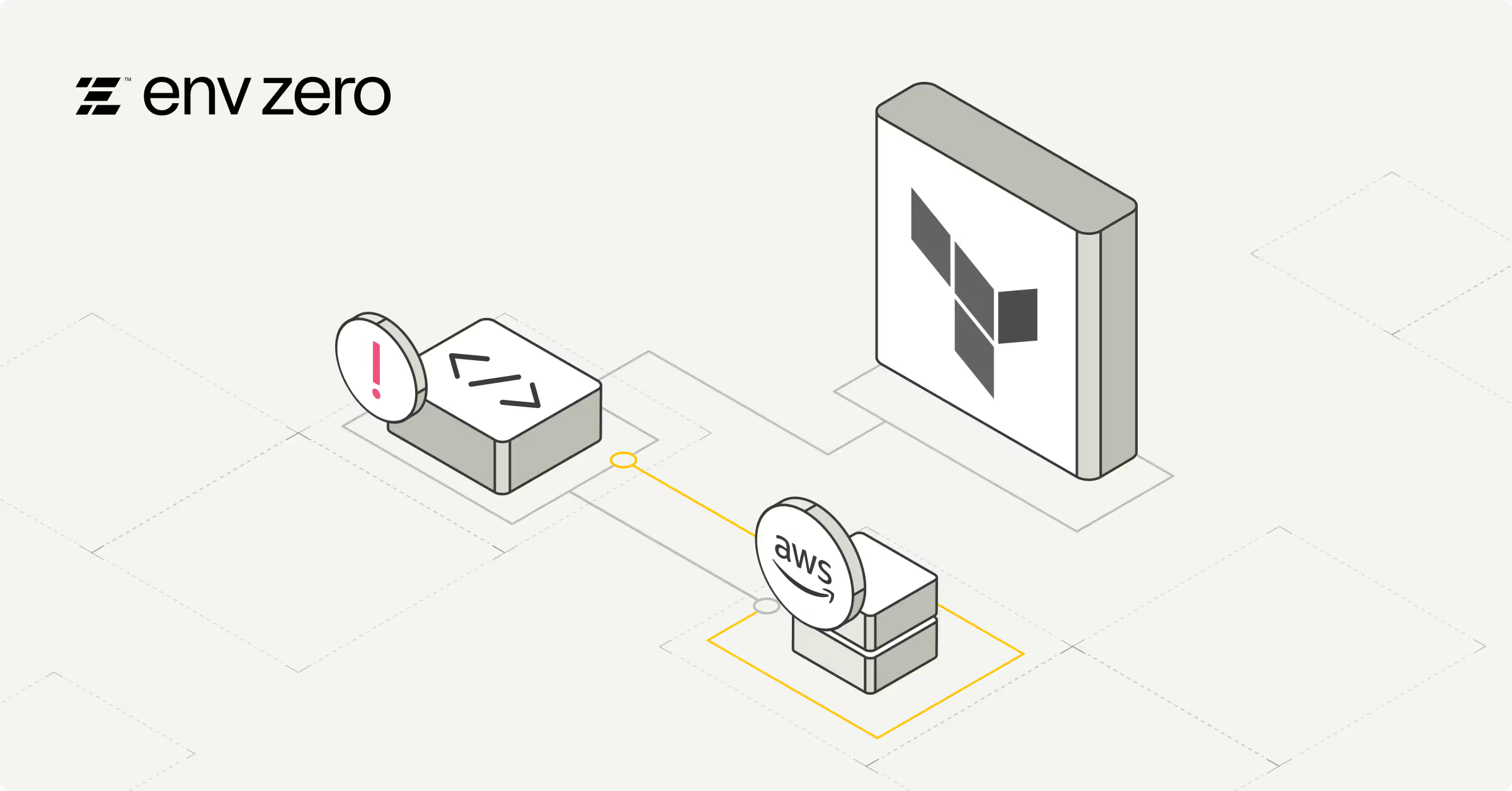
Blog
video
Terraform Refresh Command: Guides, Examples and Best Practices
In this blog, we will explore the 'terraform refresh' command and how it works, and also discuss its limitations and alternatives through the use of practical hands-on examples.

Blog
video
Terraform Backend Configuration: Local and Remote Options
This blog explores Terraform backends, their types, and configuration for cloud providers like AWS, Azure, and GCP. It also covers backend migration strategies and other key considerations.

Blog
video
⚡ Lightning Talk: Apply-Before-Merge vs. Traditional Continuous Deployment
This talk explores two distinct approaches to integrating OpenTofu into deployment pipelines: approve-before-merge using Atlantis and the traditional continuous deployment (CD), covering workflows, benefits, challenges and more.
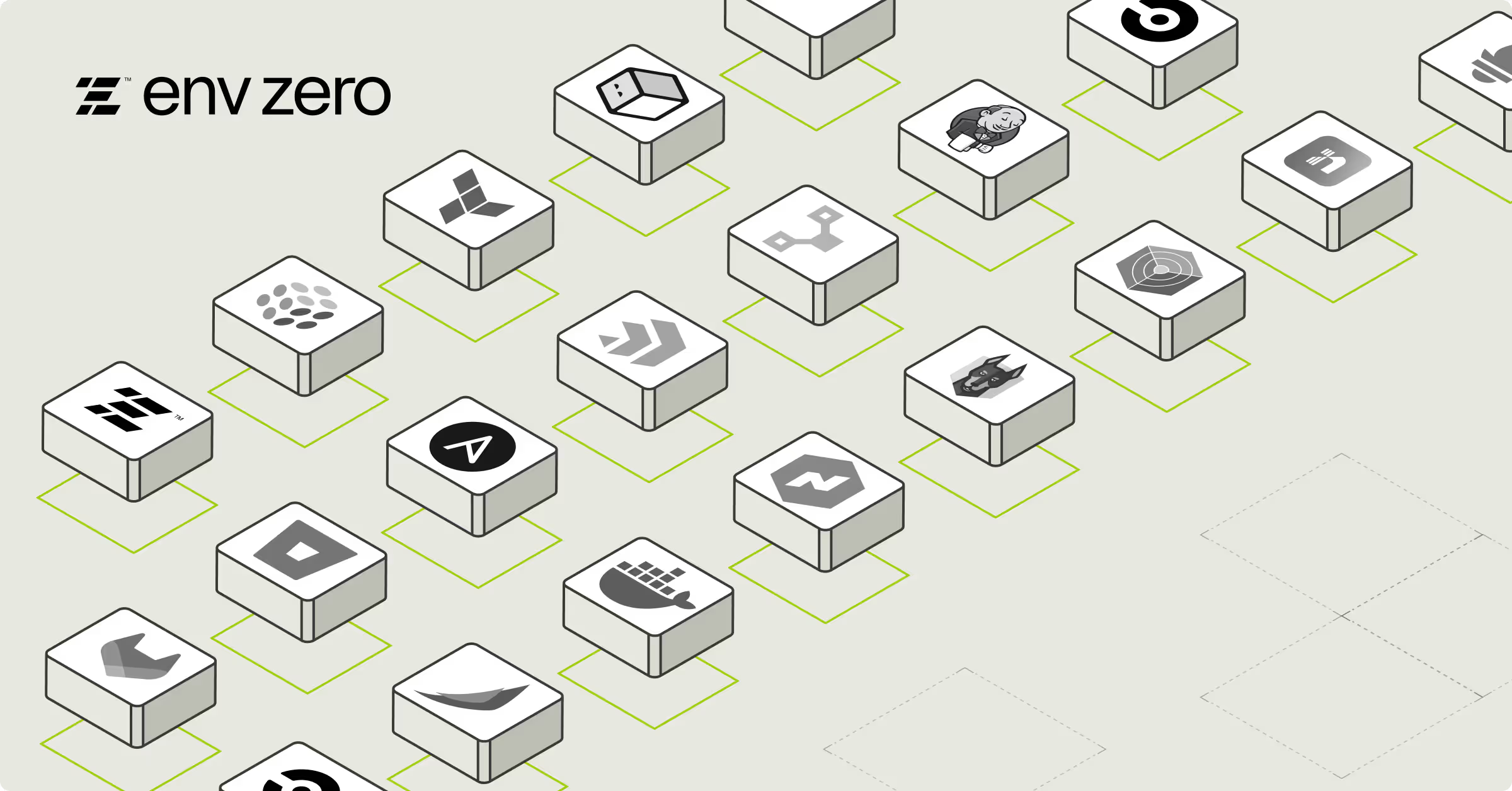
Blog
video
Top DevOps Tools for Infrastructure Automation in 2025
Explore the top DevOps tools for infrastructure automation, designed to streamline workflows, boost efficiency, and simplify cloud management.
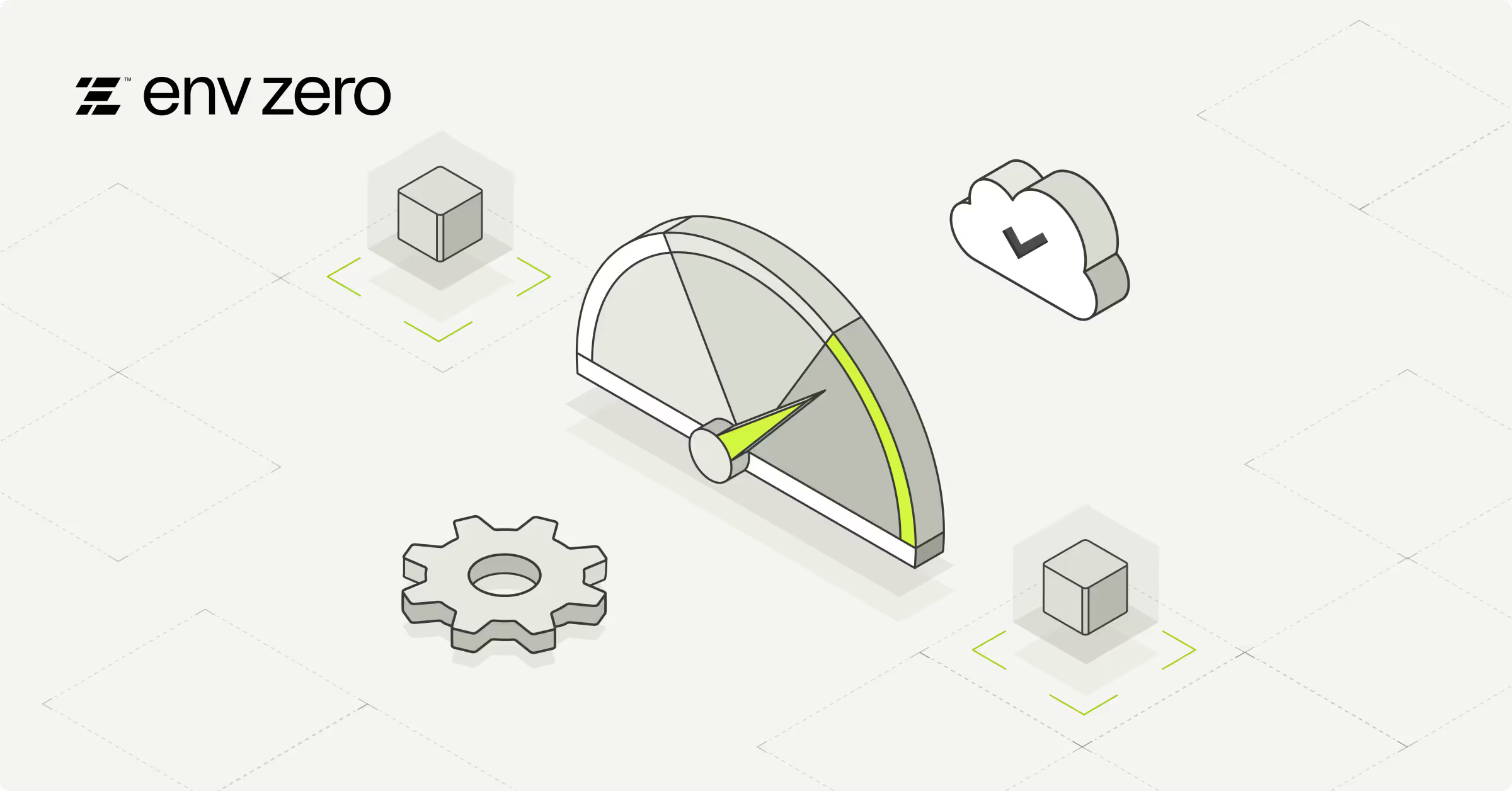
Blog
video
Build vs. Buy: Striking the Right Balance for IaC Management
The "build vs. buy" debate shapes IaC automation. This post examines the challenges of scaling IaC with general tools like GitHub Actions and how platforms like env0 offer solutions.
.avif)



.avif)







